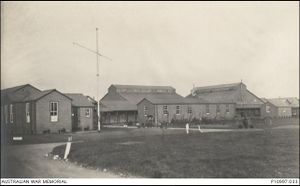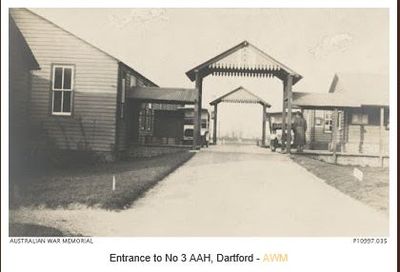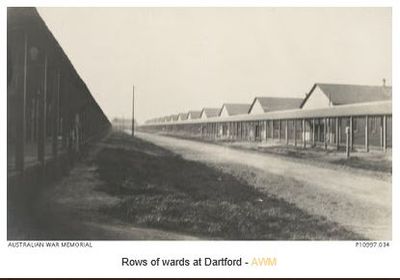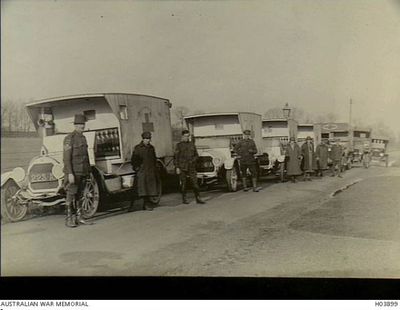3rd Australian Auxiliary Hospital
From Our Contribution
| History | |
|---|---|
| Name | 3rd Australian Auxilary Hospital |
| Where formed | England |
| Date formed | 9 Oct 1916 |
| Capacity | 1,200 patients |
| Locations | Dartford, Kent |
General Remarks
The second 'River Hospital', the Orchard Hospital opened just south of the Long Reach Hospital in Joyce Green Lane, Dartford in the spring of 1902 as another temporary hospital for smallpox patients. Built on 63 acres belonging to the Joyce Green estate, it had cost £135,359 and had 800 beds. The Hospital, made of iron and wood, was furnished with surplus furniture from the nearby Gore Farm Hospital in Dartford. Gas lighting was used in all the wards. In 1910, with the decline of smallpox outbreaks, the service was reorganised and the Hospital became a fever hospital. It spent much of its time closed, being opened only for epidemics, mainly of scarlet fever and diphtheria.
It was empty at the outbreak of WW1 but in 1915 it became the Orchard Military Hospital for sick and wounded soldiers. On 9 Oct 1916 it became the 3rd Australian Auxiliary Hospital under the command of Lt.-Col. H. Arthur Powell. The Australians greatly improved the site, even adding an operating theatre. In April 1917 the Australian Red Cross took control of the Red Cross store, which ambulant patients could visit to get items that would make their stay more comfortable. Bed-ridden patients were visited by the store workers and given cigarettes and chocolate. Every patient received 30 cigarettes a week. The number of beds increased from 800 to 1000, and finally to 1200; additional nursing staff was provided by the Women's Army Auxiliary Crops. From October 1915 until December 1918, 56,441 troops had been treated. At the end of 1918, when the war had been over a month, 884 soldiers still remained in the Hospital. Many of the soldiers married local Dartford women. The Australian government later presented the town of Dartford with a German gun, captured by the Australians, in appreciation of the hospitality extended to the troops during the war (the gun was later sent for scrap during WW2 when metal was needed for the war effort).
It developed specialist skills in dealing with those who suffered severed or damage to the nervous system, and war related neuroses.
Nursing staff levels in 1918 were 1 Matron; 20 Nursing Sisters;36 Staff Nurses; 6 Masseuses




